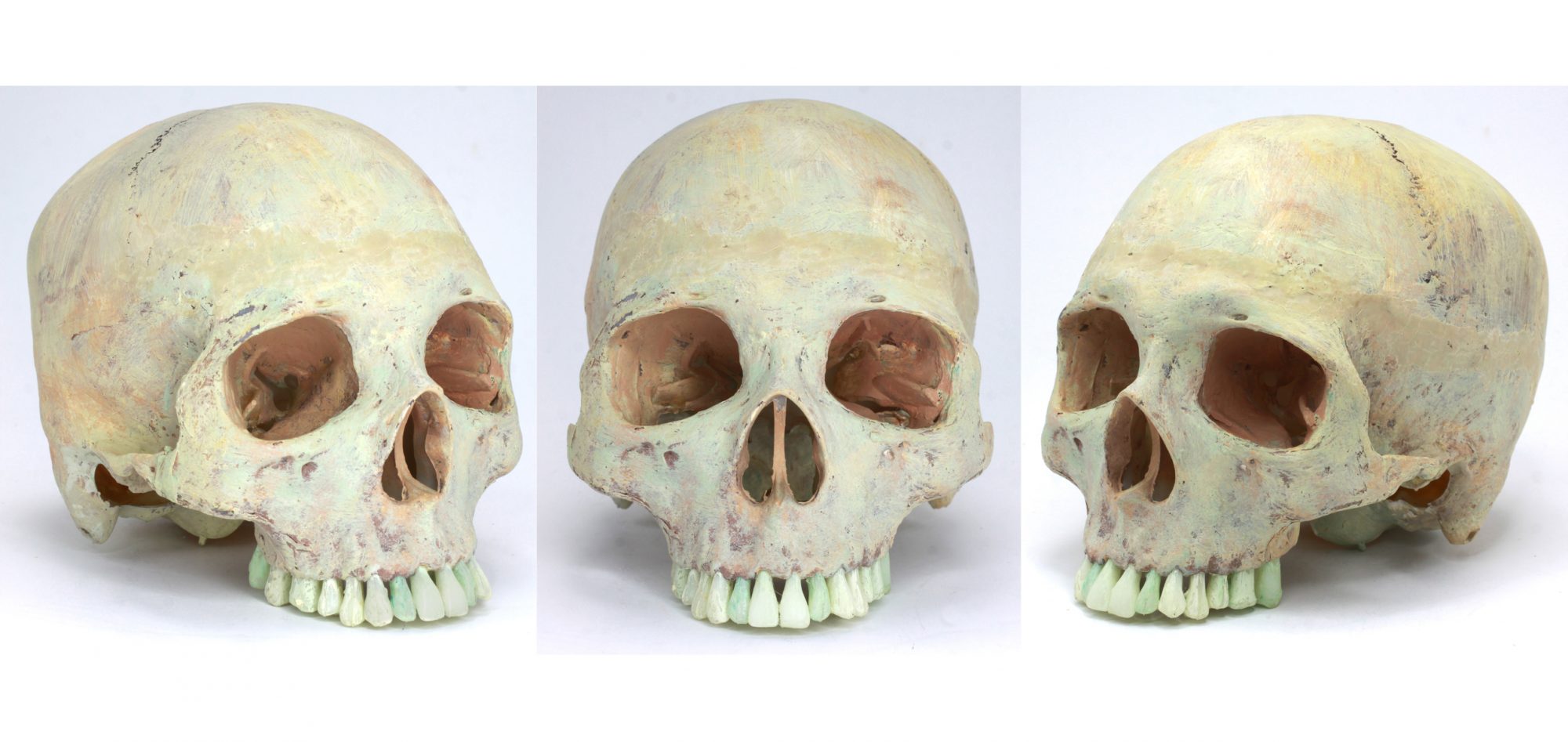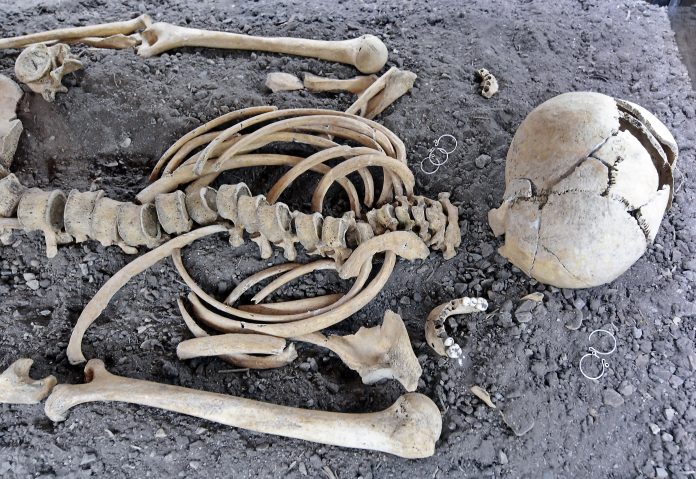Victor W. Weedn, MD, JD, Former Chief Medical Examiner at the Maryland Department of Health offers fascinating insights into the history of medicolegal death investigation and origins of forensic pathology
Forensic medicine has ancient roots. In the earliest civilisations, rulers were often regarded as divinities and pronounced judgments in cases of suspicious deaths. As societies grew, the task devolved to trusted royal assistants and then to lower officials. These lower officials did not have divine insight and sought the truth of an apparent murder.
Forensic investigations of death
The first institutionalisation of death investigation appears to have been in ancient China, where a Confucian emphasis was placed on effective government administration. The first textbook on medicolegal death investigation was the Hsi yüan chi lu, often translated as The Washing Away of Wrongs, by Tz’u Sung (Sòng Cí) was printed in 1247 during the Song Dynasty. It was intended to be a manual for judicial investigators on how to conduct medicolegal death investigations. It describes how to distinguish a real suicide from a homicide staged as a suicide. A well-known example from the book involves lining up farmers with their sickles to watch for the flies gathering on the sickle blade with the victim’s blood revealing the particular perpetrator. Such judicial investigations in China had occurred for hundreds of years before the publication of the book.
Coroners
Coroners were formally established in medieval England in 1194 when the Articles of Eyre were promulgated. This royal decree created the office of custos placitorum coronae (“keeper of the pleas of the Crown”) as a method to raise money for King Richard I. The coroner was a local county official, usually a local knight, whose primary duty was to record crown pleas to be presented to the justices and protect the financial interests of the Crown in criminal proceedings. One of the duties was to view the body and impose the murdrorum fine on the town for the death of a Norman. Although the lex murdrorum was abandoned in the fourteenth century, coroners have continued to investigate deaths.

Forensic autopsies
Anatomic dissections are dissections performed for the purpose of understanding anatomy, but autopsies are dissections performed for the purpose of determining why someone died. Other than a brief period of anatomic dissections in Alexandria in the third century B.C.E., dissections of human bodies were unreported.
The first report of an autopsy was that of Julius Caesar on March 15th, 44 B.C.E., after he was stabbed by Roman senators and bled to death. Three slaves took Caesar’s body back to his home, where Antistius, a medicus, performed an autopsy. Antistius found 23 stab wounds but determined that only the wound under the left shoulder blade was fatal. Antistius reported his findings to the Roman people from the Forum. This report by the medical expert is thought to be the origin of our modern term “forensics.”
Autopsies seem to have slightly preceded the rise of academic anatomical dissections at the newly established University of Bologna from the Fourteenth Century, which may be traced back to Taddeo Alderotti (1206-1295). In 1249, Hugo de Lucca swore an oath to become the medical expert for Bologna. In 1302, Bartolomea de Variagiana in Bologna wrote the first detailed written forensic autopsy report.
Renaissance roots
The criminal codes of the Holy Roman Empire and subsequent French and German states emphasised the use of medical experts in criminal cases. The French barber-surgeon Ambrose Paré (1510-1590), sometimes considered the first forensic pathologist, wrote on traumatic injuries and legal reports. He performed a judicial autopsy in 1562, after which they became common. Medical expertise in courts was still of a general nature.
Specialised literature emerged in the Sixteenth and Seventeenth Centuries in Italy. In 1543, Andreas Vesalius (1514-1564) at the University of Padua wrote his De Humani Corporis Fabrica Libri Septem. In 1578, Vesalius’ student, Giovanni Filippo Ingrassia (1510-1580), in Palermo, Sicily, wrote a book on legal medicine, Methodus dandi relations. In 1597, Codronchius in Imola (near Bologna) published Methodus testificandi. In 1602, Ingrassia’s younger associate, Fortunato Fedele (1550-1630) in Palermo, wrote the first true systematic work, De relationibus medicorum libri quatuor. Paulo Zacchias (1584-1659), in Rome, often called the father of legal medicine, was heavily influenced by Fedele when he wrote Quaestiones medico-legales, published over the period 1621 to 1651.
The professionalisation of legal medicine
Legal medicine also developed in France and Germany with the establishment of university medical schools there. The first Chair of Legal Medicine was established in Leipzig in Saxony in 1720. During the Age of Enlightenment and into the Modern Era, the Austro-Hungarian Empire and Prussia and later Germany and France, the government “regulations” required routine autopsies in an attempt to understand disease and why people died. Johannes Bohn (1640-1718) in Leipzig, Carl von Rokitansky (1804-1878) in Vienna, Johann Ludwig Casper (1796-1864) in Berlin, Rudolph Virchow (1821-1902) in Berlin, and Alexandre Lacassagne (1843-1924) in Lyon performed thousands of autopsies. Forensic medicine became professionalised during the 19th Century in centres at Vienna, Berlin, Paris, Lyon, Edinburgh, Glasgow, and London.
Medical examiners
The U.S. inherited the coronial system of England. Reformers of the progressive movement at the turn of the Twentieth Century pushed to replace corrupt elected coroners with appointed physician medical examiners. The first medical examiner office was established in Suffolk County (Boston) in 1877; George Burgess Magrath, the second medical examiner, was the first trained forensic pathologist in America. The first modern medical examiner office was established in New York City in 1918 under Charles Norris (1918-1935) as the first Chief. Maryland established the first true state medical examiner office in 1938.
However, the term forensic pathology was not coined until 1944. The medical subspecialty of forensic pathology was not recognised by the American Board of Pathology (ABP) until 1956 and the first board-certification examinations were conferred in 1959. The National Association of Medical Examiners (NAME) was formed in 1966. The American Board of Medicolegal Death Investigators (ABMDI) was formed in 1998.
Today
Medicolegal death investigation, legal medicine and forensic pathology have evolved over the centuries, yet only relatively recently recognised by organised medicine as an independent branch of medicine. Regardless, modern forensic pathologists are performing better quality medicolegal death investigation than ever before and contributing to an ever-increasing scientific and medical literature.
Please note: This is a commercial profile
© 2019. This work is licensed under CC-BY-NC-ND.




![Europe’s housing crisis: A fundamental social right under pressure Run-down appartment building in southeast Europe set before a moody evening sky. High dynamic range photo. Please see my related collections... [url=search/lightbox/7431206][img]http://i161.photobucket.com/albums/t218/dave9296/Lightbox_Vetta.jpg[/img][/url]](https://www.openaccessgovernment.org/wp-content/uploads/2025/04/iStock-108309610-218x150.jpg)






